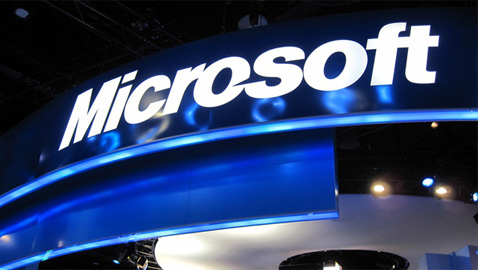 The U.S. software giant Microsoft (NASDAQ:MSFT) announced Tuesday a new share repurchase program of $40 billion, seen by analysts as a reward to its shareholders that didn’t see a good performance of Microsoft stock in recent years. This program has no expiration date, and will follow a program of a similar volume, which expires on September 30, the Redmond-based company announced in a statement.
The U.S. software giant Microsoft (NASDAQ:MSFT) announced Tuesday a new share repurchase program of $40 billion, seen by analysts as a reward to its shareholders that didn’t see a good performance of Microsoft stock in recent years. This program has no expiration date, and will follow a program of a similar volume, which expires on September 30, the Redmond-based company announced in a statement.
Microsoft will also increase by 22 percent or 5 cents the quarterly dividend it pays to its shareholders, to 28 cents per share.
“The dividend is payable Dec. 12, 2013, to shareholders of record on Nov. 21, 2013. The ex-dividend date will be Nov. 19, 2013,” reads Microsoft statement.
Microsoft made the announcement just two days before the meeting with financial analysts.
“These actions reflect a continued commitment to returning cash to our shareholders,” commented Microsoft CFO, Amy Hood, quoted in the press release.
Just before the opening of the stock exchange, Microsoft gained 1.98% to reach $33.46 a share. The stock was as low as $26.26 last December. It’s 52 week high was $36.43 a share set July 16, 2013.
Microsoft’s future remains unclear after announcing last month the departure of its Chief Executive Officer, Steve Ballmer, within a year. Microsoft, whose software is closely associated with the world of the personal computers, is struggling to catch up on the mobile market with its rivals Apple and Google.
Microsoft’s entry into the tablet market with the Surface tablet did not meet the expected success so far and has resulted in a heavy charge of $900 million in its quarterly financial results. The group has also announced the acquisition of Nokia’s mobile phones division for $7.2 billion (€5.44 billion). Microsoft will pay €3.79 billion for Nokia’s mobile division , including production line of Lumia smartphones, and €1.65 billion for the rights to use Nokia manufacturing licenses for 10 years. The transaction is expected to close in the first quarter of next year, subject to the approval of shareholders and regulatory bodies.


Reply